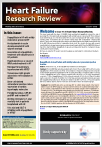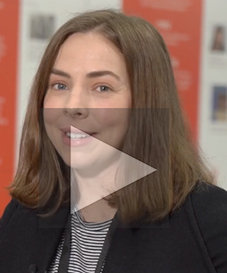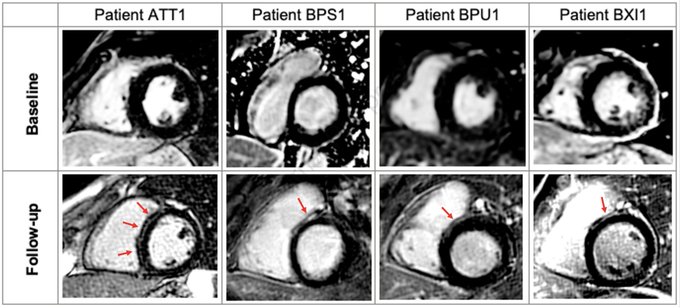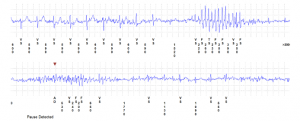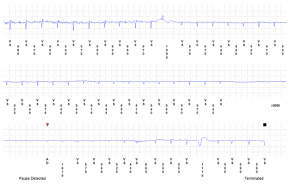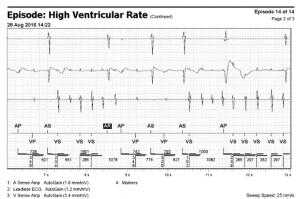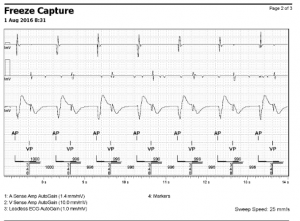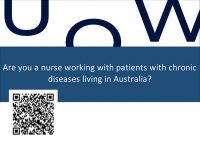In this issue:
- Dapagliflozin in HF with mildly reduced or preserved EF
- Acetazolamide in acute decompensated HF with volume overload
- Association of empagliflozin treatment with albuminuria in HF patients
- Hyperkalaemia as a cause of MRA undertreatment in HF
- Riociguat for pulmonary hypertension with HFPEF
- Transvenous right greater splanchnic nerve ablation in HFPEF
- Stem cell-derived extracellular vesicles reduce expression of cardiac hypertrophy molecules
- Periodontal status, CRP, NT- proBNP and incident HF
- Alerting clinicians to 1-year mortality risk in patients hospitalised with HF
- Uric acid and SGLT-2 inhibition with empagliflozin in HFREF

